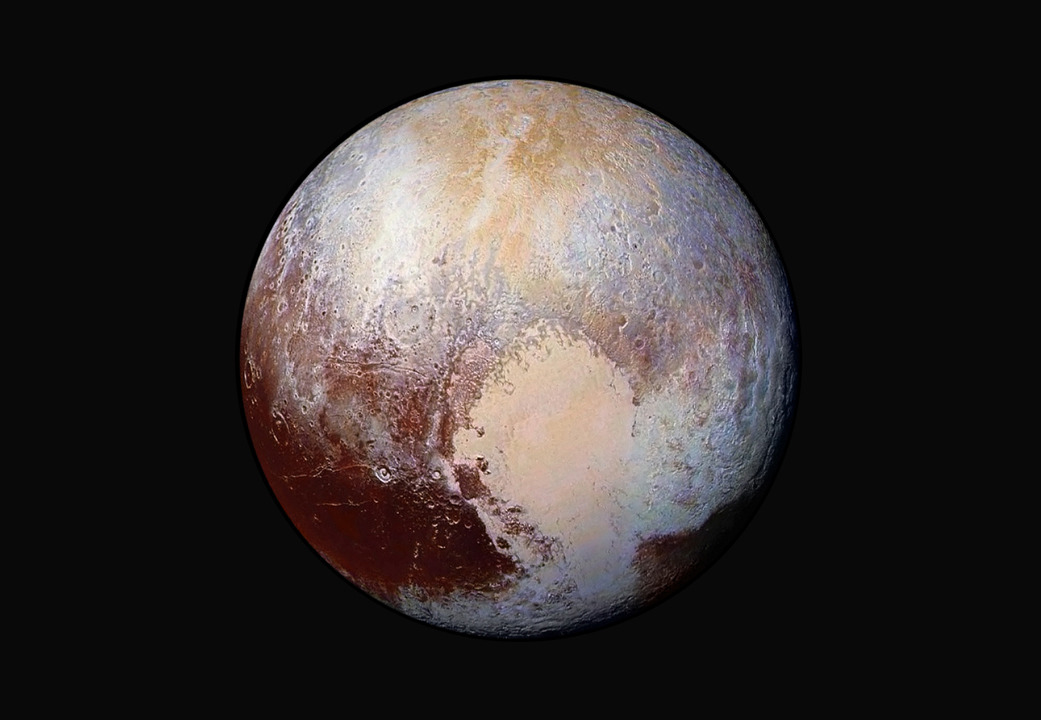Up to and during its historic Pluto flyby on July 14 this year, space probe New Horizons collected some 50 gigabits of data. This is probably going to occupy researchers for years to come. Today, the first study has landed, revealing Pluto as an unexpectedly complex and idiosyncratic dwarf planet. Over 150 authors contributed to the paper.
“The Pluto system surprised us in many ways, most notably teaching us that small planets can remain active billions of years after their formation,” said first author Alan Stern of the Southwest Research Institute. “We were also taught important lessons by the unexpected degree of geological complexity that both Pluto and its large moon Charon display.”
National Geographic stated that sure enough, that’s what the spacecraft found when it sped by the dwarf planet last July at more than 30,000 m.p.h.—a tortured, highly varied landscape that pointed to a living, geologically active world rather than an inert blob hovering at the frozen edge of the solar system.
“The Pluto System: Initial Results from its Exploration by New Horizons” appears in and on the cover of the Oct. 16 issue of the journal Science; the publication comes just three months after NASA’s historic first exploration of the Pluto system in mid-July.
The scientific data sent back suggests that Pluto has one of the most varied landscapes in the Solar System. The images captured mountains, dunes, cratered areas and ones that are smooth.
From the variety in Pluto’s geological landforms, to Pluto’s atmosphere, to its intriguing moons, New Horizons has revealed a degree of diversity and complexity on Pluto and its moons that few expected in the frigid outer reaches of the solar system.
“The New Horizons mission completes our initial reconnaissance of the solar system, giving humanity our first look at this fascinating world and its system of moons,” said Jim Green, director of planetary science at NASA Headquarters in Washington. “New Horizons is not only writing the textbook on the Pluto system, it’s serving to inspire current and future generations to keep exploring — to keep searching for what’s beyond the next hill.”
Pluto lost its status as a planet in 2006 after the discovery of similar worlds in our outer solar system like the dwarf planet Eris. But the New Horizons mission suggests that Pluto might be larger than Eris and should be called a planet.
Team members also discovered evidence for a water-ice rich crust and multiple haze layers in Pluto’s atmosphere, and found that Pluto is both larger and more ice rich than expected prior to the flyby.
“The Pluto system surprised us in many ways, most notably teaching us that small planets can remain active billions of years after their formation,” said Stern. “We were also taught important lessons by the unexpected degree of geological complexity that both Pluto and its large moon Charon display.”














